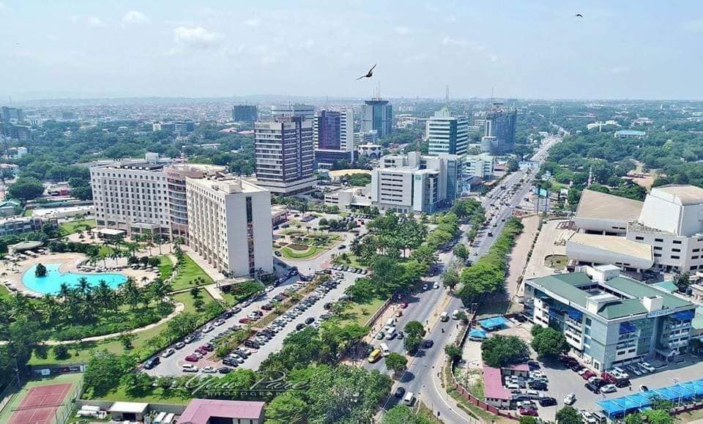The Greater Accra Region recorded the highest number of both residential and non-residential structures of 2.1 million in Ghana, representing about 19.3% of all total structures nationally.
According to provisional estimates of the 2021 Population and Housing Census (PHC) by the Ghana Statistical Service, the number of structures in Greater Accra is however greater than the number of structures in six regions (North East, Savannah, Ahafo, , Upper West, Upper East and Oti regions) combined.
The GSS defined structures as residential, non-residential and uncompleted.
According to the PHC, three regions that is Greater Accra, Ashanti and Eastern combined have almost half (47.3%) of all structures listed.
Shockingly, the Ashanti region had the highest percentage of uncompleted structures, which was in excess of the national level of 20% of structures that were uncompleted. It had 22% of structures uncompleted.
The North East region registered the highest number of completed structures as 9 out of every 10 structures was completed.
At the national level, six out of every 10 structures (59.6%) was residential with the regional figures starting from just over half (53.1%) in the Western North and Bono Regions (53.7%) to almost three-quarters (73.5%) in the Savannah Region.
Greater Accra is most populous region
Meanwhile, Ghana’s population now stands at 30.8 million with the Greater Accra overtaking Ashanti as most populous region.
The Greater Acca region is made up of 5,446, 236 people as compared with 5,432,485 in the Ashanti region.
The Central Region is now the fourth most populous region following the splitting of the former Western, Brong Ahafo and Northern Regions who were all more populous than Central Region in 2010. It has a population of 2,859,821.
The Ahafo Region is the least populous region replacing the Upper West which had been the least populous in all the previous post-independence censuses. The Savannah and North East Regions are the second and third least populous regions respectively.
Data quality
The 2021 PHC instituted several data quality monitoring mechanisms and leveraged technology to implement interventions towards ensuring complete and accurate coverage.
These included the use of GIS technology and geospatial resources, such as collecting the GPS coordinates of all structures, use of census dashboard for real-time monitoring and continuous data validation by Data Quality Monitors at the various levels of operations.
Latest Stories
-
From confusion to clarity – Making sense of cloud computing in Ghana
2 minutes -
Zoomlion expands to Burkina Faso with landmark integrated waste management project
5 minutes -
CIB Ghana pushes digital, ethical reform with Digital Academy, Branch CEO track, and revamped Bankers magazine
8 minutes -
FIFA opens disciplinary action against GFA over Hearts of Oak saga; threatens to slash 20% of FIFA Forward funds
19 minutes -
Ghana chairs Afreximbank annual meetings in Abuja
20 minutes -
Afreximbank has been a pillar of support for Ghana and Africa – Deputy Finance Minister
25 minutes -
Latif Abubakar wins Best Project Management prize in Africa
47 minutes -
Today’s Front pages: Thursday, June 26, 2025
56 minutes -
Ghana to implement gradual ban on plastics – Environment Minister
1 hour -
MoFA declares 2025 closed fishing season, exempts artisanal fishers
1 hour -
Suspended CJ a victim of her own system – Ansa-Asare claims
1 hour -
Suspended CJ wrong to seek public sympathy – Inusah Fuseini
1 hour -
I’m poised to enhance education delivery in my constituency – Gizella Tetteh
2 hours -
Almost 300 million people worldwide abused substances in 2022 – NACOC
2 hours -
CSOs must undergo ‘productivity revolution’ to survive new financing landscape – Dr Nii Moi Thompson
2 hours

